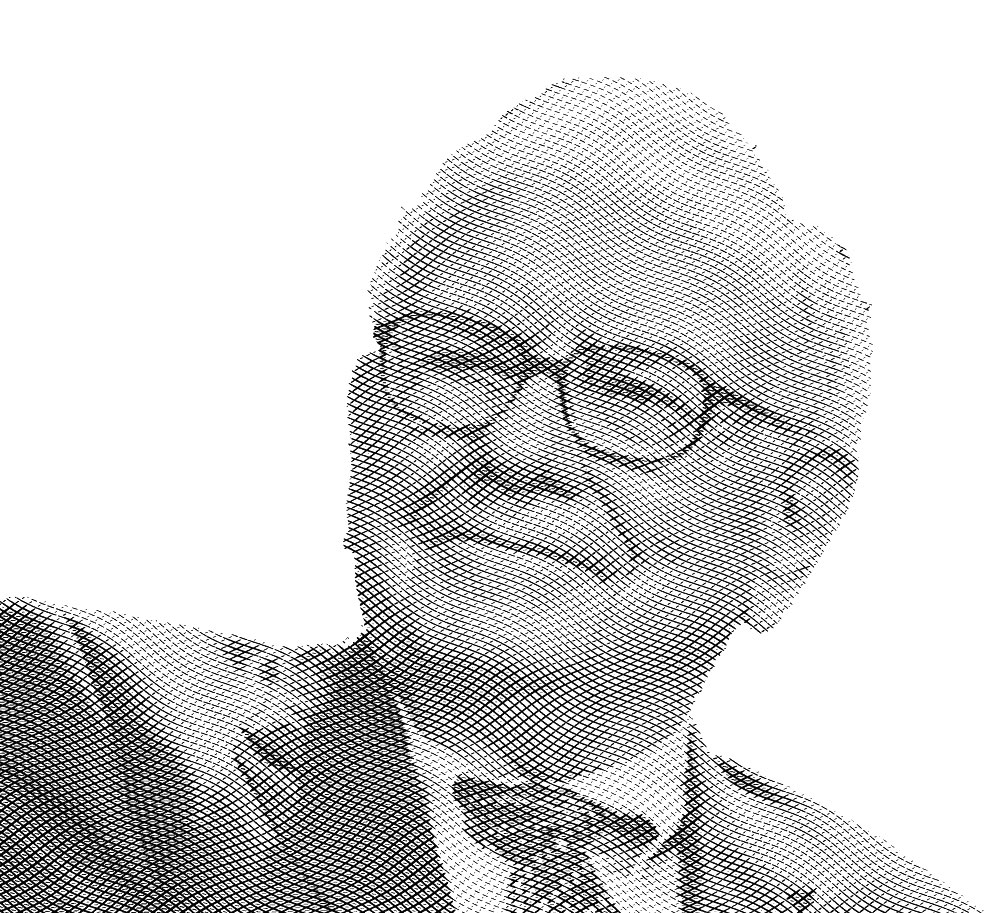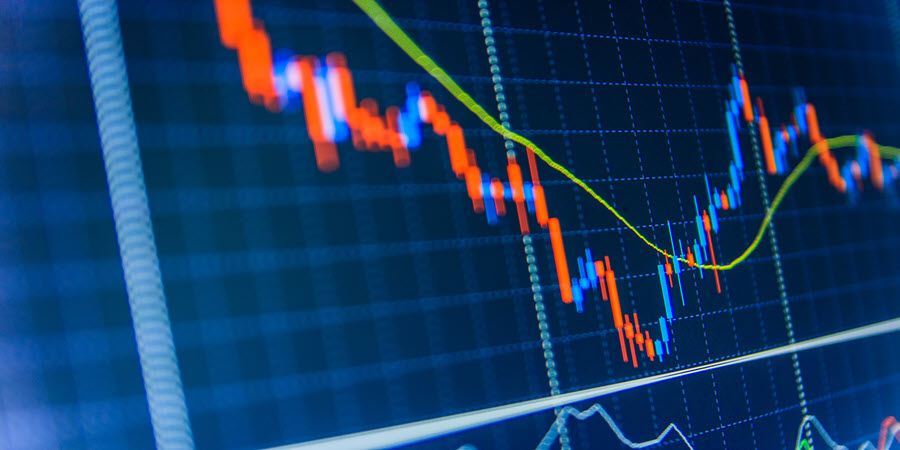by William Smead, Smead Capital Management
Warren Buffett has been arguably the best asset allocator and value stock picker of the last 60 years. We are normally thrilled to sit in his classroom. Quite frankly, we were baffled by the Berkshire Hathaway Annual Meeting held on Saturday in Omaha. Buffett spent an hour reminding us of all the extremely challenging things that this American economic prosperity has had to withstand to get to today. Then he spent the following three hours making us wonder how long we are going to wait for the coronavirus pandemic to prove his main theory true.
Never Bet Against America
Never Bet Against America
Buffett reminded us that the Civil War, the Great Depression of the 1930s, and the Second World War couldn’t stop us from creating immense wealth. In prior meetings and letters, Buffett had prepped us to think that he stood ready to be a buyer of Berkshire (BRK.B) shares in a watershed decline in stock prices. Instead, he contradicted himself by pointing out that he was neither a net buyer of common stocks nor a heavy buyer of Berkshire common shares. He reiterated that a diversified set of common stocks would do well over 20 years, but didn’t consider the ones he saw at recent lows as ones which qualify.
Pandemic Robbed Warren’s Optimism
Although he acknowledged that the range of outcomes has narrowed from the coronavirus, he feels that “putting the train on the siding” today leaves a different set of possibilities than when the “train went off the tracks” in 2008. It is almost like Buffett is Austin Powers and has come back to earth without his mojo, which he had in 2008. His editorial to The New York Times today would say, “Never Bet Against America, But Don’t Bet on American (Airlines)!”
Nothing to Love
Nobody asked the key questions of Buffett which would flesh out where we are. Going into this decline, large-cap growth and the S&P 500 Index were/are over-weighted in large growth stocks. Therefore, already out of favor, smaller capitalization stocks have been decimated by the virus amid the complete disappearance of economic optimism. The problem for Buffett is this current environment is perfect for Ben Graham style value investing, like what Buffett did from 1955 until his capital base got huge in the late 1980s and 1990s. He barely hinted at that by saying that it would be different if he had $5 million to invest, rather than $130 billion. Charlie Munger taught him to buy a wonderful company at a reasonable price and none of those wide-moat and high return on equity companies, which are large enough to absorb $10-20 billion of Berkshire capital, became reasonably priced. Hence, the hope of having a whale acquisition to show up in the future.
Buffett Afraid of Human Behavior Changes
Listening to a brilliant 89-year-old man say that he doesn’t know what people will go back to in the aftermath of Covid-19 is kind of laughable. In a recent survey we read in The Wall Street Journal, people in states which were preparing to reopen were asked what they most want to do when they get back their freedom. The answer was travel, clothes and entertainment. Does that sound like something to be afraid of? Or should we be excited about bargains in the industries which are in the current fire sale and too small for Buffett’s playpen?
Afraid of Oil Prices Rebounding
Buffett seemed very uncertain about oil prices around $20 per barrel. This is ironic to us because price regulates price when it comes to oil. Buffett said as much as 40% of U.S. oil production would get shutdown over the next two years. If travel and entertainment make a comeback and demand comes back in full the next three years, it is not hard to see oil at $60 per barrel. Buffett used to be a contrarian investor, but self-preservation seems to be Warren and Charlie’s modus operandi for a while.
Cheerleading the S&P 500 Index
Did we miss something or was Buffett channeling his inner Jack Bogle? He started out by telling us that the main index of 1929 (the Dow Jones 30) went from 380 in 1929 to 380 in 1954. In the past, he reminded us that the index went pretty much nowhere from 1964 to 1982. We also know the index was a disaster area from 1999-2011. See the numbers below:
• 1929-1954: Index terrible
• 1954-1964: Index terrific
• 1964-1982: Index terrible
• 1982-1999: Index terrific
• 2000-2011: Index terrible
• 2012-2019: Index terrific
• 2020: Forward unknown
Buffett was contradicting himself. Who buys the index early in the terrible phase and ever stays with it? The index is just a portfolio of stocks that gets popular and must be sold every ten to fifteen years or gets deeply out of favor and deserves an investment. Where are we in that continuum? U.S. stocks got expensive and popular in 1929, 1964, 1999 and were historically expensive in January of 2020 at 19 times earnings. Bogle is lucky he doesn’t have to apologize to people for sucking everyone in at the end of a fabulous phase for large cap growth/S&P 500 Index investments. Why Buffett is marketing passive when he should be recommending Ben Graham style value is beyond us.
Berkshire Hathaway Preservation
If the range of what happens ends up leaning toward the worst-case scenarios, stacking up cash will look smart. When Warren called himself a trustee of Berkshire Hathaway on Saturday evening, it sent chills down our spine. We don’t own BRK.B to not lose on it or any other stock we buy, we own them to create wealth over long periods of time. Maybe it is time to reconsider whether our capital can be deployed elsewhere with more risk, but much higher possible long-term rewards. A younger Warren Buffett with a capital base our size might wholeheartedly agree.
Warm regards,
William Smead
The information contained in this missive represents Smead Capital Management’s opinions, and should not be construed as personalized or individualized investment advice and are subject to change. Past performance is no guarantee of future results. Bill Smead, CIO, wrote this article. It should not be assumed that investing in any securities mentioned above will or will not be profitable. Portfolio composition is subject to change at any time and references to specific securities, industries and sectors in this letter are not recommendations to purchase or sell any particular security. Current and future portfolio holdings are subject to risk. In preparing this document, SCM has relied upon and assumed, without independent verification, the accuracy and completeness of all information available from public sources. A list of all recommendations made by Smead Capital Management within the past twelve-month period is available upon request.
©2020 Smead Capital Management, Inc. All rights reserved.
This Missive and others are available at www.smeadcap.com.













